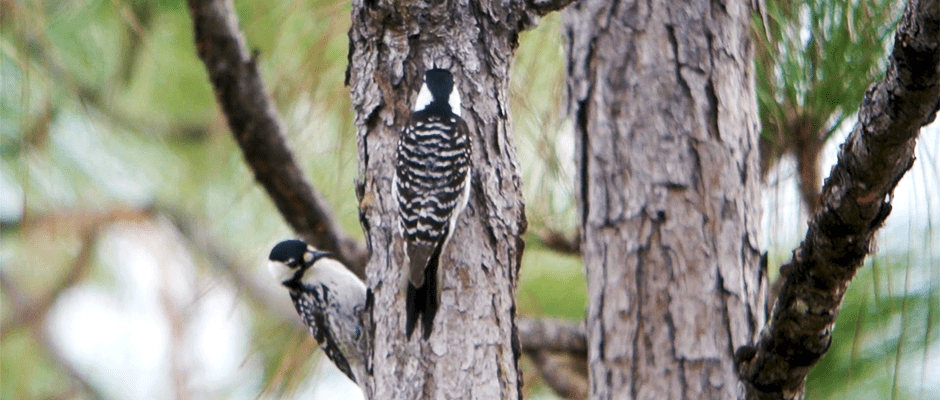Share this article
Partners in Flight releases 2016 Landbird Conservation Plan
Partners in Flight recently released their 2016 Landbird Conservation Plan, presenting vulnerability assessments for bird species across Canada and the United States.
Partners in Flight (PIF) is a network of over 150 partners from the U.S., Canada, and Mexico that engage in landbird conservation across North America. The partners collaborate on science, policy, management, data analyses, and recommendations for international bird conservation.
PIF’s 2016 Landbird Conservation Plan uses data from both countries to determine species vulnerability. The report does so by evaluating risks across the birds’ full life-cycles, ultimately providing comprehensive and long-sighted recommendations for conservation efforts. Population size, breeding and nonbreeding distribution, population loss, and continental-scale threats (e.g. urbanization and climate change) were among the factors that PIF used to calculate a species’ vulnerability for decline and extinction.
PIF also recognizes that migratory birds depend on multiple habitats for their survival, and thus determined for each species regions of highest importance for breeding and wintering grounds. Models predicted year-round abundance, illustrating temporal and geographical distribution of birds across North America. Data was sourced from eBird, a real-time, public database of bird observations from across the globe.
These analyses resulted in the PIF Watch List that identifies 86 species as “species of highest conservation concern” across the U.S. and Canada. Species that scored relatively high in all vulnerability factors comprise a sub-category known as the Red Watch List. This list includes the lesser prairie-chicken (Tympanuchus pallidicinctus) and the California condor (Gymnogyps californianus).
While 86 of the 448 species reviewed are highly vulnerable, the remaining 362 landbird species were found to warrant lesser concern.
The Plan also highlights regional areas across Canada and the U.S. where Joint Ventures – partnerships between government agencies, citizens, non-profits, and others – are implementing bird conservation programs. These partnerships collaborate to conserve birds – many of which are on the Watch List – and habitats at the landscape level while incorporating their region’s environmental and cultural priorities. PIF recognizes Joint Ventures as an important program to bridge the gap between science-based recommendations and tangible, on-the-ground implementation.
The Landbird Conservation Plan was released alongside The North American Bird Conservation Initiative (NABCI)’s The State of North America’s Birds 2016 report, which similarly presents vulnerability assessments for birds across the continent. Both reports coincide with the 100th Anniversary of the Migratory Bird Treaty – a landmark agreement between Canada and the U.S., signed in Aug. 1916 to protect the countries’ shared migratory birds.. These reports echo the countries’ commitment to conserving North America’s avifauna and encourage the realization of the Treaty’s legacy: thriving and diverse bird populations across the continent.
Header Image: The red-cockaded woodpecker (Leuconotopicus borealis) is one of 86 species of concern on the Partners in Flight Watch List. ©Andy Reago & Chrissy McClarren








